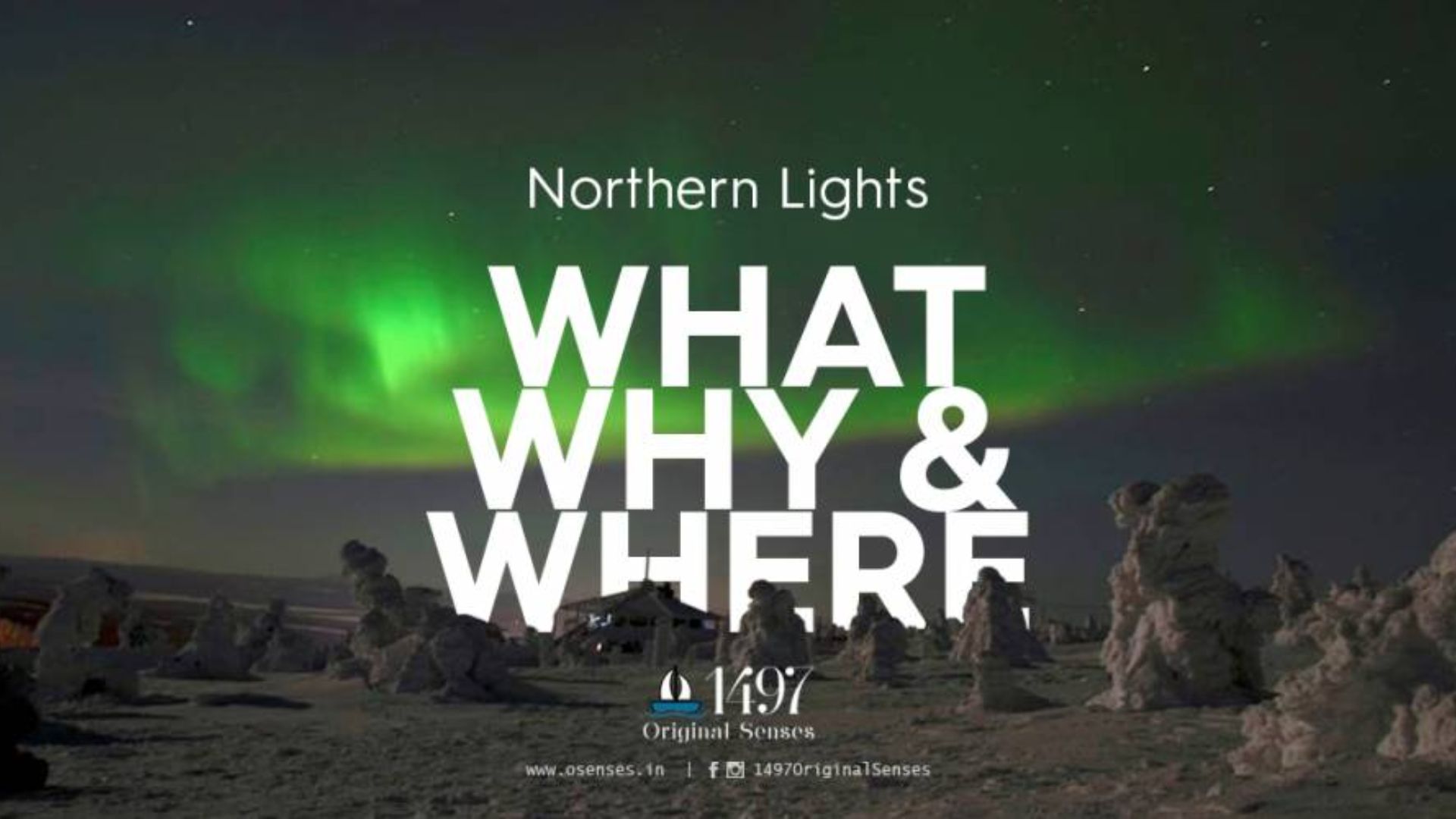
26 Feb Northern Lights: What, Why & Where
Picture this: its really cold, the clock is ticking towards midnight and with each passing second it gets even colder. Every breath comes out in a puff of smoke, and suddenly when the cold has just reached the peak you see the sky light up. Colors of green, pink, yellow and an occasional orange light up the sky. You have seen magic, perhaps the best show that nature puts out for you!
No matter how wonderful Northern Lights are and no matter how many times you see it on YouTube, to actually see it live takes a lot of effort and planning. So here is your guide to know everything you need to about the Northern Lights!







